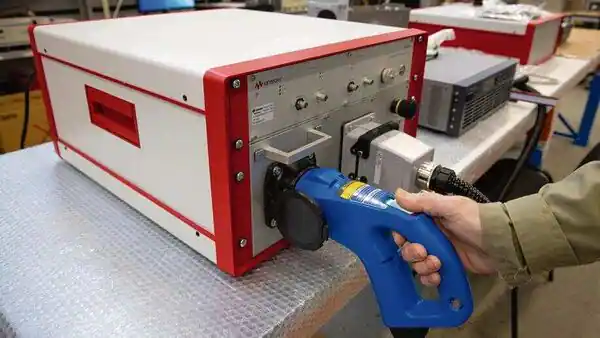One of the world’s biggest battery companies is mulling a reversal on a $1.3 billion project to churn out electric vehicle (EV) power packs in Arizona. South Korea’s LG Energy Solution Ltd cited surging costs and slowing demand for its rethink. That’s a blow to EVs and batteries, and to US supply chain onshoring. It is, however, an opening for the funding of under-the-radar tech breakthroughs.
So far, the energy storage industry has been dominated by giants like China’s Contemporary Amperex Technology, BYD, Samsung SDI and LG Energy Solutions. Their scale has allowed them to gain market share and supply demand. By making incremental improvements to their batteries’ energy density and charging speed, it’s been enough to keep investors satiated. That largely shut out big funding for smaller but promising tech startups. Investors prefer to focus on EV makers more than batteries.
Now, as costs for everything from labour to raw materials rise, big players like LG are being forced to reconsider their strategy. As the South Korean firm contemplates a cutback in Arizona, it struck a non-binding deal with a Kansas-based miner, Compass Minerals, to supply lithium carbonate and hydroxide. In June, the firm broke ground on a nickel processing plant in Indonesia.
Regardless of the potential impact of LG’s move, the recalibration is an opportunity to get investors focused on technologies that can move the needle. Nomura analysts estimate over 40% of its battery production capacity will be in the US by 2025.
Several startups are researching options for better and cheaper batteries for EVs and grid use, along with EV charging infrastructure. Across the energy storage supply chain, small firms are looking for lower cost options by using more abundantly available materials like sodium, sulphur, manganese and in some cases, no metals at all. With progress on the cathode-side of the battery topping, firms are now focused on other parts like the anode, separator and electrolyte. Others are looking for processes that will help store more energy.
Yet, they consistently run into funding issues, given the hard-to-understand nature of their product. On the face of it, the numbers don’t look bad: $3.3 billion of investments have been disclosed by around 34 battery-related startups since 2017. But given the global green goals that need to be met, it’s a paltry sum. Juxtaposed with the fast funding for jazzy electric car startups that haven’t quite delivered on their promises, it’s even smaller, and compared with the $210 billion invested in fintech last year—led by crypto and blockchain—it’s minuscule. Yet, as millions of people sit through power outages across the globe, our energy crisis needs solutions.
However, we are far behind on EVs and an energy transition. Venture capitalists shy away from innovations that aren’t digital. Electrochemistry hasn’t exactly been a hot investment space, either. Investors can’t quite assess the efficacy and incremental nature or risk the way scientists can, some small firms say. Nor are they willing to put their conviction and money behind technologies for manufacturing. Even the likes of Tiger Global are writing relatively small cheques. Late last month, Chase Coleman’s firm led a $25 million Series A round for India’s Battery Smart, a battery-swapping provider, along with a couple of existing investors. That’s a small sum.
The prospective vacuum created by LG (and potentially its peers) will open up the battery investment landscape, but barriers to entry remain far too high because of the large incumbents. Focused venture capital and private equity firms led by scientists and engineers, not just financiers, should open their eyes a bit wider and come to terms with reality: There will be no big breakthrough anytime soon.
Instead, several battery chemistries are likely to co-exist. The choice of range and safety will be left to consumers. It’ll go beyond the two choices drivers currently have: nickel, cobalt, manganese packs or lithium iron phosphate. The latter represent the tried and tested safer version that won’t take you as far, but do the job for now. Silicon anodes, sulphur-based cathodes, cheaper lithium anodes and cell architecture, where firms like the Warren Buffett-backed BYD have had success, are where high-profile investors need to start putting their money and lead the way. If even Charles Koch’s energy empire, which has long been against climate regulation, is now betting hundreds of millions on batteries, then surely this is the best way forward.
Startups could take over three years to run positive cash flow. Meanwhile, “scaling up new technologies from the lab to mass production can take as long as 10 years,” according to BloombergNEF analysts. Without money, that will take far longer and push the mass adoption of EVs across the world further out.
Anjani Trivedi is a Bloomberg Opinion columnist covering industrial companies in Asia.
Credit: Source link


Comments are closed.